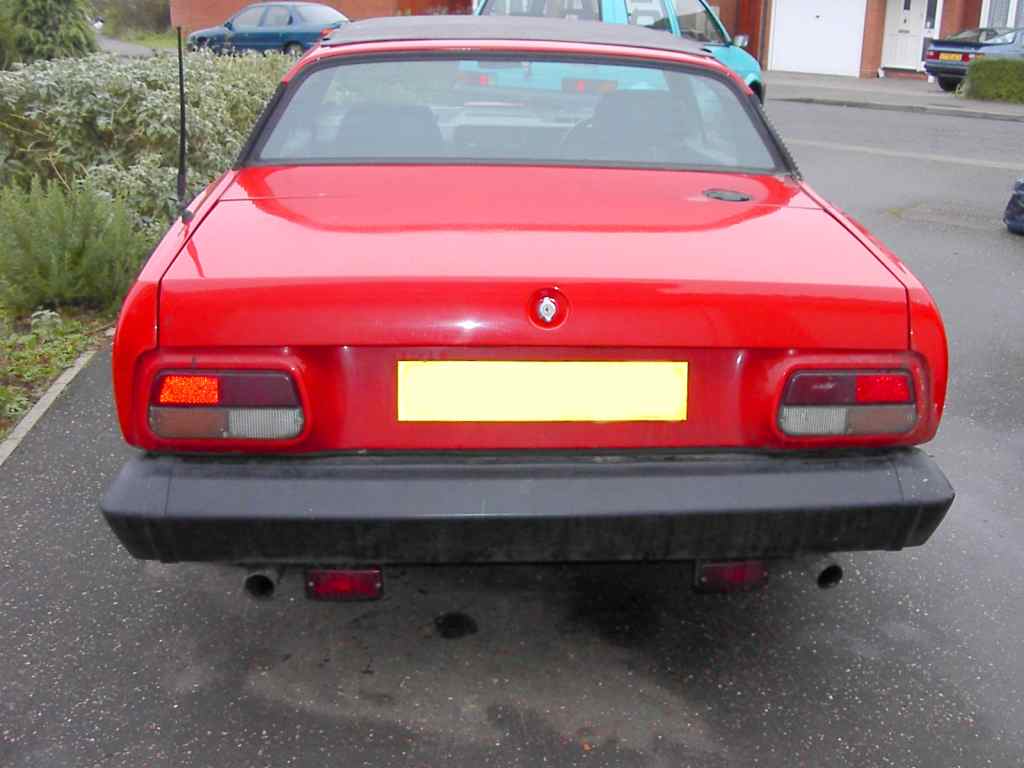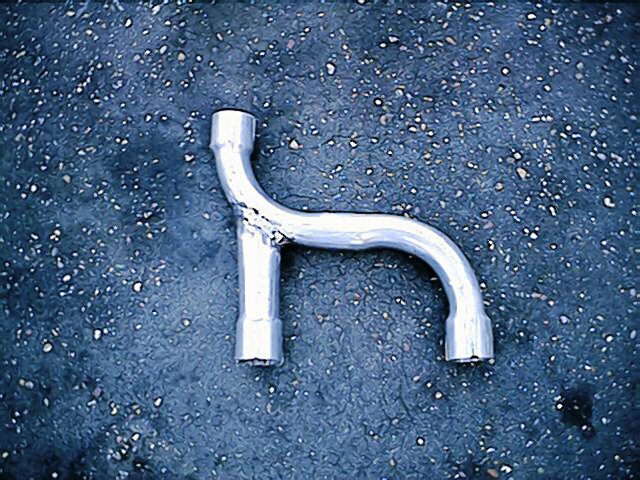Postby Hasbeen » 18 May 2017 03:35
I think if just adding back pressure increased the power of an engine, the Merlin in the Spits, Hurricanes & Mustangs of WW11 fame, along with the hugely powerful Yank radials would have had different exhaust systems other than 6" stubs.
I raced more than a few 4 pot Cosworth engines, & have some real experience of sudden changes to an exhaust.
The exhausts on all these had no back pressure. They were a 4 into 2 in the extractor, which terminated about 6" from the back of the car, & a 2 into one, which was a trombone shape, [like motor bike exhausts] projecting out the back of the car about 18". This trombone was not just easy flow, but a tuned length & shape extractor, helping to scavenge the exhaust gas from the engine.
This trombone 2 into 1 section was easily removable, usually held on by a couple of tension springs. They had to be removed to minimise the length of the car to fit it into a trailer.
These were all Weber carb engines, with tuned length ram type inlet pipes on them. They had absolutely nothing under about 5500 RPM, & still only chicken power before about 6400 RPM, coming on strong at about 6700. They then ran out of puff at around 8000, & many actually cut out at about 8300, due to point bounce destroying the ignition timing & output.
Now the experience. In one race in which I was comfortably leading the formula 2 class, & in front of half the F1s, I had the trombone section of the exhaust fall off. The cars performance changed so dramatically I thought I had a major engine problem, & almost retired. Then I noticed the difference in the exhaust note, not easy with helmet & ear plugs, & kept going.
The thing dropped the lower half of it's power band quite dramatically. It suddenly had nothing below 7200 RPM, but was not effected that I could feel above that. Surprisingly it had more power below 7200 on about 2/3 throttle than full throttle, after loosing the tail pipe. This cost me about a second a lap at the old Sydney Warwick Farm circuit.
The cars owner spent some hours on the dyno experimenting with replacement tail pipes, both straight & sort of trombone shaped. The top end power was down a little, but they could not get near it's previous power on the same dyno in the under 7000 range.
Then fortunately the tail pipe appeared. A spectator had picked up, & finally took it to the race organisers, who returned it to the owner. With it fitted the engine was back to previous performance figures on the dyno.
This brought home how important exhaust extractors, & the shape of that trombone was to these little engines. Every one measured the trombone & some copied it to fit to 1100cc versions of those little Fords as used in Formula Junior. Sadly that shape did not work on the smaller engines. Obviously Cosworth had done a lot of work on those exhausts, matching them to their cam profile, & engine output. The whole thing from inlet ram to tailpipe was a package, not changeable by most people.
Hasbeen





